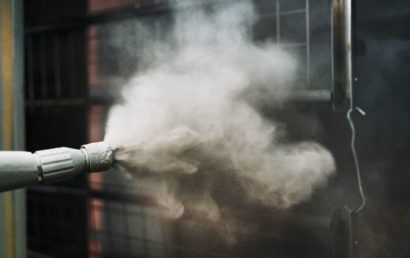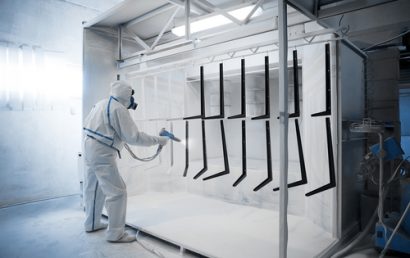FAQs Regarding Hardfacing
Hardfacing increases the service life of equipment and parts because it minimizes wear. It is an extremely cost-effective tool where many industries are concerned. But some individuals find it troublesome and confusing. In reality, though it can seem daunting, it’s just not that difficult to comprehend. Your confidence in the selection of hardfacing products can be increased through the heightened understanding of some of the basics. Here are a few frequently asked questions and their answers.
What is Hardfacing?
This is the big question. Metal parts frequently lose functionality and dimension, thereby failing in their intended use. It doesn’t necessarily happen because they are inferior, but because metal to metal contact, impact, abrasion, or some other form of wear affects them. Hardfacing protects equipment against abrasion and wear. It is the application of a wear-resistant or build-up metal to the surface of a part or component through welding. Either a patterned or solid surface can accept this weld metal.
What Are the Main Types of Applications?
Hardfacing applications come in three main types:
- Overlay or hardfacing
- Rebuilding or build-up
- A combination of overlay and build-up
Hardfacing Can Be Used On What Base Metals?
Hardfacing can be used on the following base metals:
- Copper-base alloys
- Nickel-base alloys
- Cast irons
- Alloy and carbon steels
- Manganese steels
- Stainless steels
What Are Hardfacing’s Most Used Welding Processes?
The welding processes that are most popular when it comes to applying hardfacing are as follows:
- Spray and fuse, thermal spray, laser welding, and plasma transferred arc welding
- Oxyacetylene welding or OFW (oxy-fuel welding)
- Gas tungsten arc welding or GTAW
- SAW or submerged arc welding
- Shielded metal arc welding or SMAW
- Gas metal arc welding, or GMAW, with gas-shielded wire
- Flux cored arc welding, or FCAW, with gas-shielded hard facing wire or open arc
Of These Processes, Which Is Most Economical?
The deposition rate (lbs. per hour) is a major factor in determining the economics of a process. The following shows the deposition rate of some of the procedures listed above:
- 8 to 5 lbs. per hour – FCAW
- 3 to 5 – GTAW
- 8 to 25 – SAW
- 3 to 5 – SMAW
- 5 to 12 – GMAW
- 8 to 25 – FCAW
What Exactly Is Meant by “Wear” On a Part or Component?
When certain surfaces interact with each other, wear can be an unfortunate result. One surface or the other (or both) end up being deformed or having a portion of the surface removed. Something as unseen as the environment can have a wearing effect on certain surfaces. Other causes are more apparent and detectable to the naked eye. There are all types of wear as well as causes. Let’s take a look at the major players. The following are the most common types/causes of wear and their percentage of total wear on a component or part:
- Corrosion can account for 5%
- Heat can account for 5%
- Metal to metal, or metallic, can account for 15%
- Impact can account for 20%
- Abrasion can account for anything from 40 to 50%
- And other types of wear normally account for approximately 5% of wear on a part or component
Can Hardfacing Truly Be Applied to Cast-Iron? (It seems unlikely!)
Nickel-iron and nickel products are usually considered for cast iron rebuilding because they remain ductile and are unaffected by the parent metal’s carbon content. So, you can hardface cast-iron, but you must think about preheat and interpass temperatures. Multiple layers can be used; and when even more protection against wear is needed, products from metal carbide can be applied on top of the nickel-iron or nickel build-up.
With all of the causes for and types of wear that can be instrumental in the degradation of parts, components, products, and more, it is essential that industries use whatever means necessary as protection. A & A Coatings specializes in thermal spray protective coatings for parts, machinery, components, products, and almost anything else imaginable. Talk to our experts today to see how your company can benefit from protective thermal spray coating.



